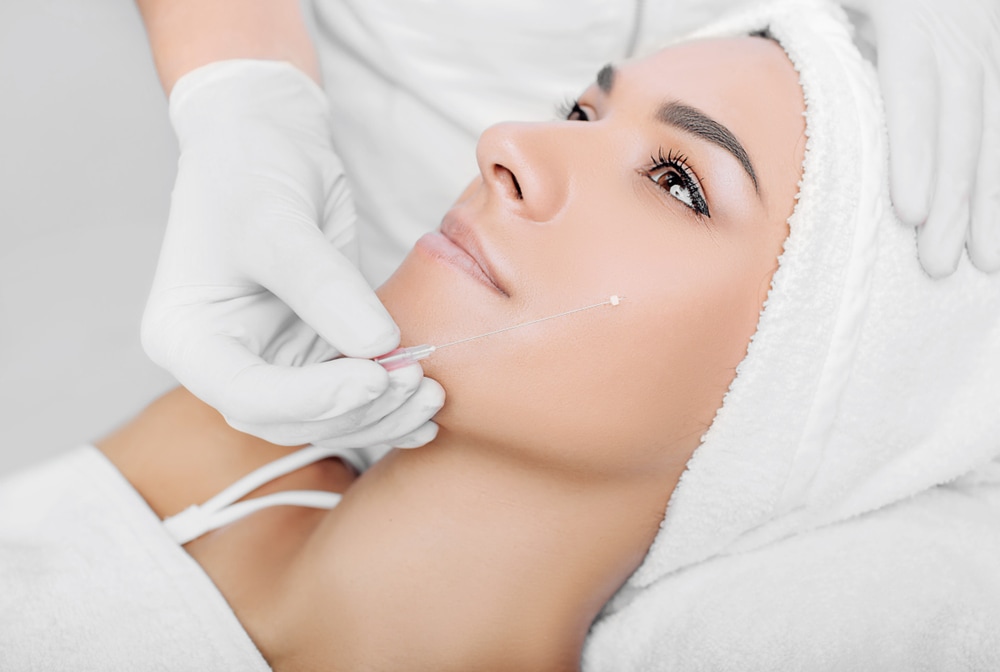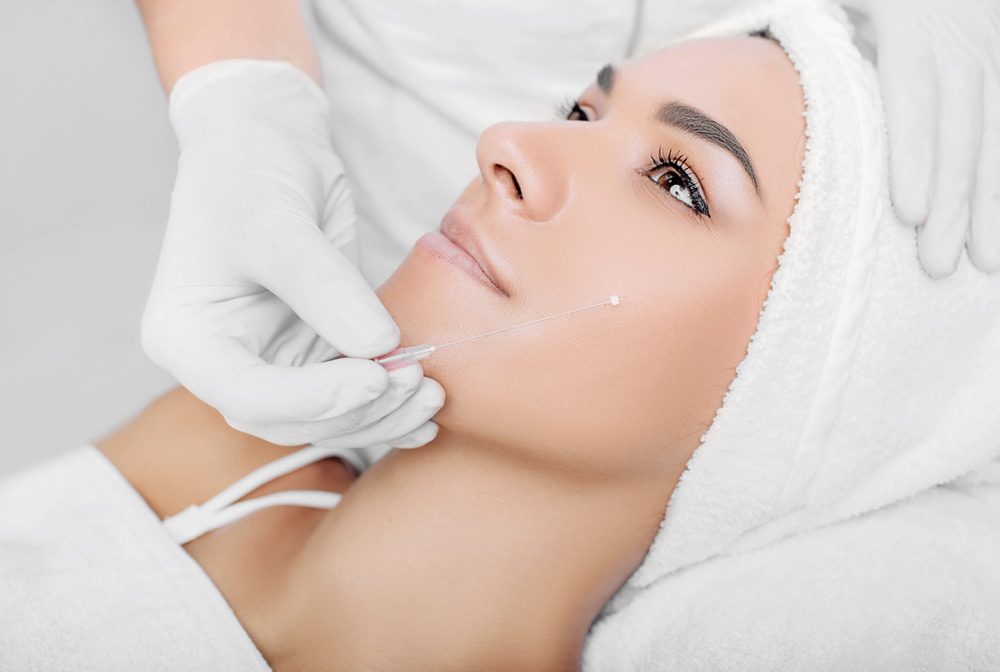A thread lift is a popular non-surgical cosmetic procedure designed to tighten and lift sagging skin, offering a more youthful appearance without the need for invasive surgery. Though this procedure has a high satisfaction rate, it is essential to understand the potential side effects and complications that may arise. Below is an overview of what you should be aware of before opting for a thread lift.
Common Side Effects After Thread Lift:
After a Thread Lift in Dubai (علاج شد الجلد بالخيوط في دبي), it’s typical to experience mild swelling, bruising, or tenderness in the treated areas. These side effects are generally short-lived and may last from a few days to a week. The body’s response to the threads, which are made of materials like polydioxanone (PDO), is often to create a temporary inflammatory reaction as part of the healing process.

Infection Risks:
As with any procedure that involves inserting foreign materials under the skin, there is a risk of infection. Although rare, if proper aftercare is not followed or if the skin is not adequately sanitized, infection can occur. Symptoms to watch for include redness, warmth, or increased pain around the treated areas. Timely medical intervention can help prevent the infection from worsening.
Thread Migration and Visibility:
In some cases, the threads may migrate or become visible under the skin. Thread migration can happen when the threads shift from their intended position, leading to uneven results. This may result in lumps, bumps, or irregular skin contours. Though these issues are usually correctable, it’s important to ensure the procedure is performed with precision to minimize the risk of migration.
Skin Irregularities and Asymmetry:
While thread lifts are designed to create a smoother, lifted appearance, sometimes patients may experience slight skin irregularities such as dimpling or asymmetry. This can occur if the threads are not placed evenly or if the skin doesn’t respond as expected. Typically, these issues resolve over time, but in some cases, additional treatments or adjustments may be needed to correct them.
Pain and Discomfort:
Mild to moderate discomfort is common after the procedure. This pain can typically be managed with over-the-counter pain relievers. The discomfort may also be linked to the tightness created by the threads as the skin begins to adjust. While the pain is usually temporary, it is important to monitor how your body is responding and seek medical advice if pain becomes severe or persistent.
Allergic Reactions:
Although rare, allergic reactions to the materials used in thread lifting, particularly to the PDO threads, can occur. Symptoms of an allergic reaction may include swelling, itching, or redness at the insertion site. In some extreme cases, an allergy could lead to more serious complications. If you notice any signs of an allergic reaction, it’s important to contact your healthcare provider immediately.
Long-Term Effects:
In the long term, the threads used in the procedure will gradually dissolve, and the effects of the lift may begin to fade. While the results are not permanent, they can last anywhere from 6 months to 2 years, depending on factors such as age, skin type, and lifestyle. Although rare, some individuals may experience skin sagging or other aesthetic concerns as the threads dissolve, necessitating follow-up treatments.
Conclusion:
A thread lift offers a non-surgical alternative to traditional facelifts, providing a refreshed, lifted appearance with minimal downtime. However, like any cosmetic procedure, it comes with potential side effects such as swelling, bruising, infection risks, and the possibility of thread migration or skin irregularities. While most side effects are temporary and resolve on their own, it is important to be aware of these risks and take appropriate measures to ensure a safe recovery. By staying informed and following proper aftercare guidelines, you can achieve the best possible results from your thread lift and maintain a youthful, rejuvenated appearance.

